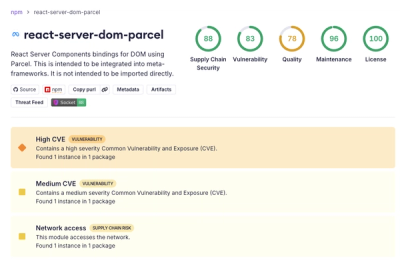React APIs for Relay
This package contains a collection of React APIs: Hooks and Components that are
integrated with Relay runtime.
Example:
import type {UserComponent_user$key} from 'UserComponent_user.graphql';
const React = require('react');
const {graphql, useFragment} = require('react-relay');
type Props = {
user: UserComponent_user$key,
};
function UserComponent(props: Props) {
const data = useFragment(
graphql`
fragment UserComponent_user on User {
name
profile_picture(scale: 2) {
uri
}
}
`,
props.user,
);
return (
<>
<h1>{data.name}</h1>
<div>
<img src={data.profile_picture?.uri} />
</div>
</>
);
}
For complete API reference, visit https://relay.dev/.



